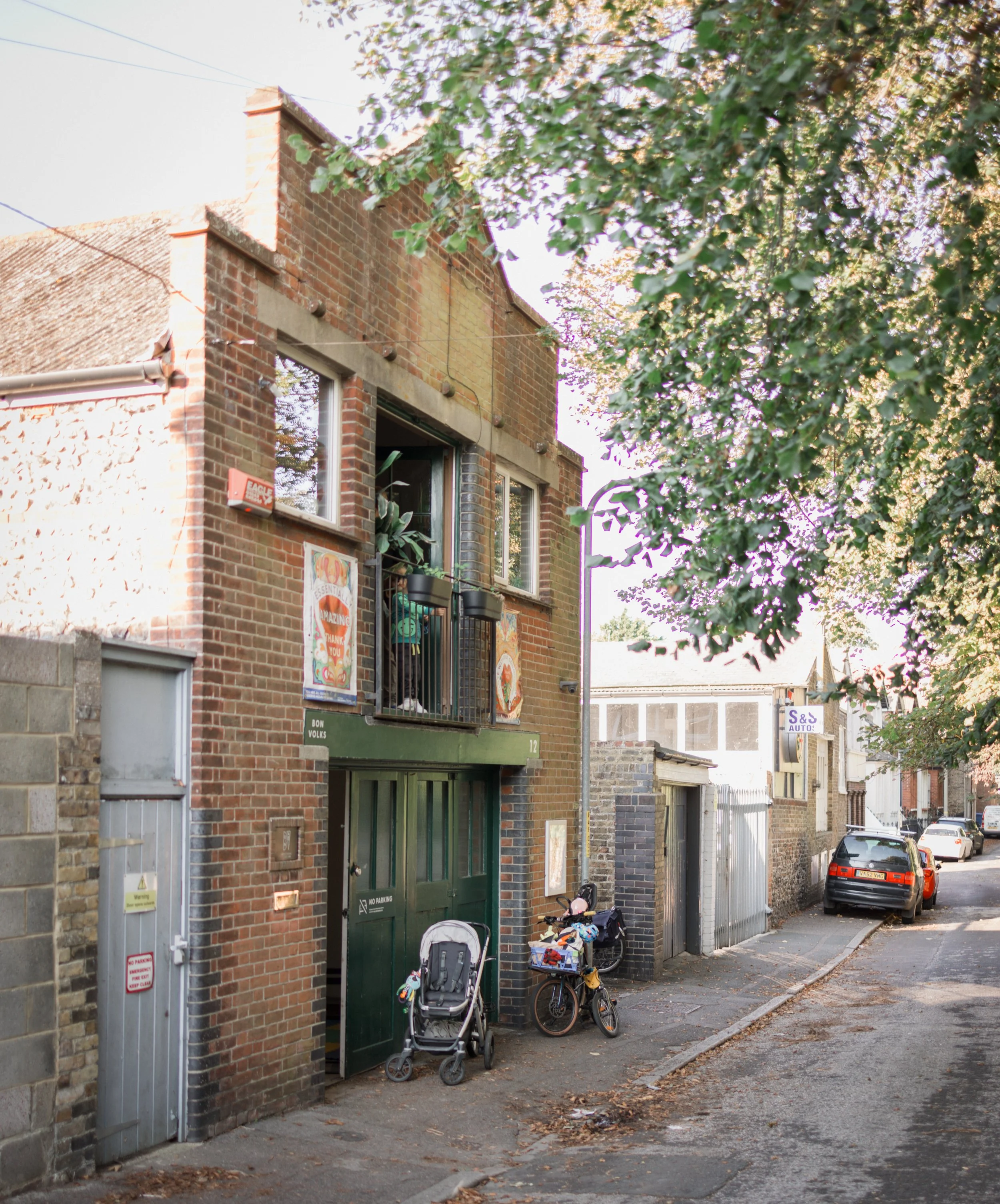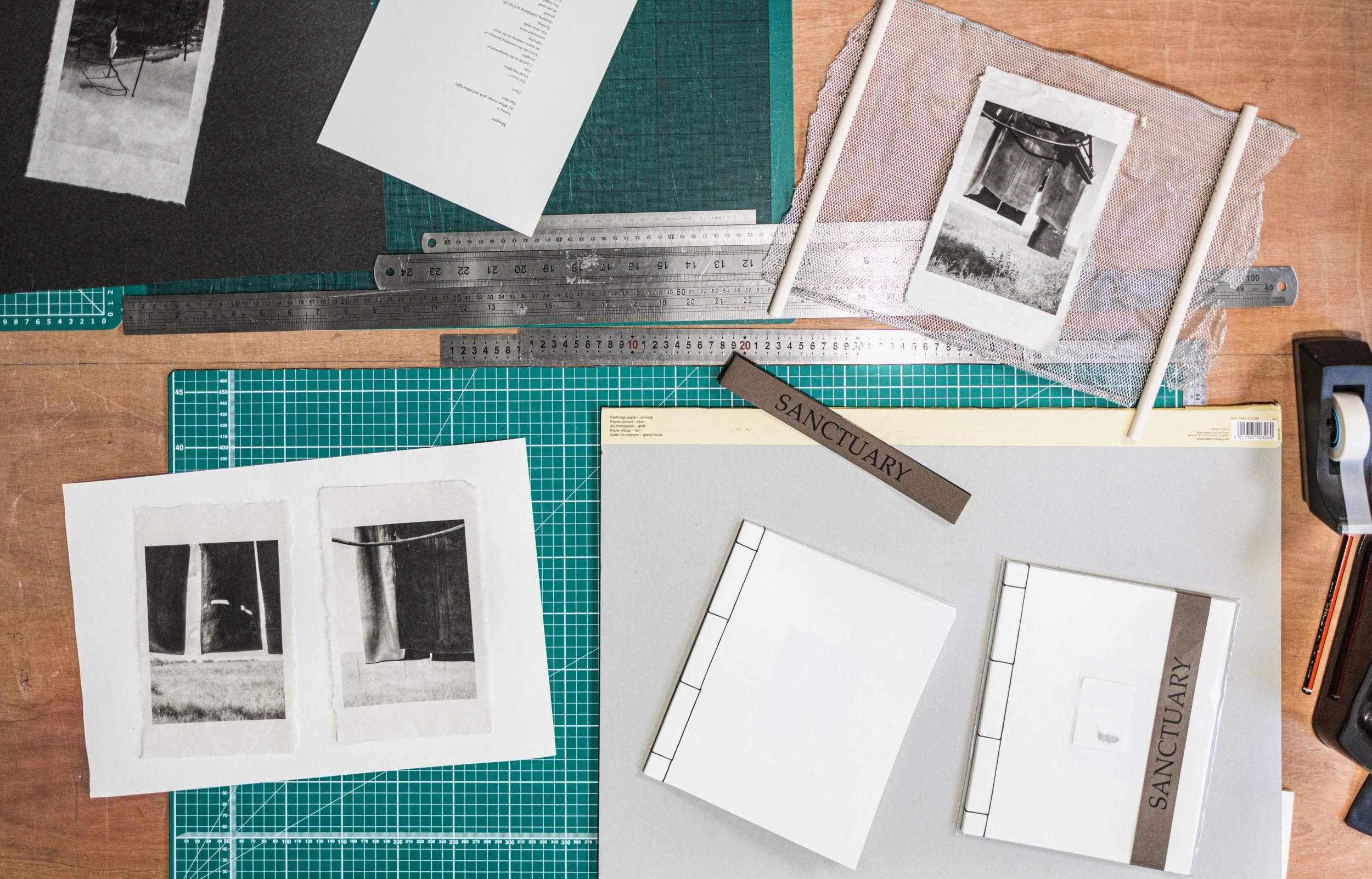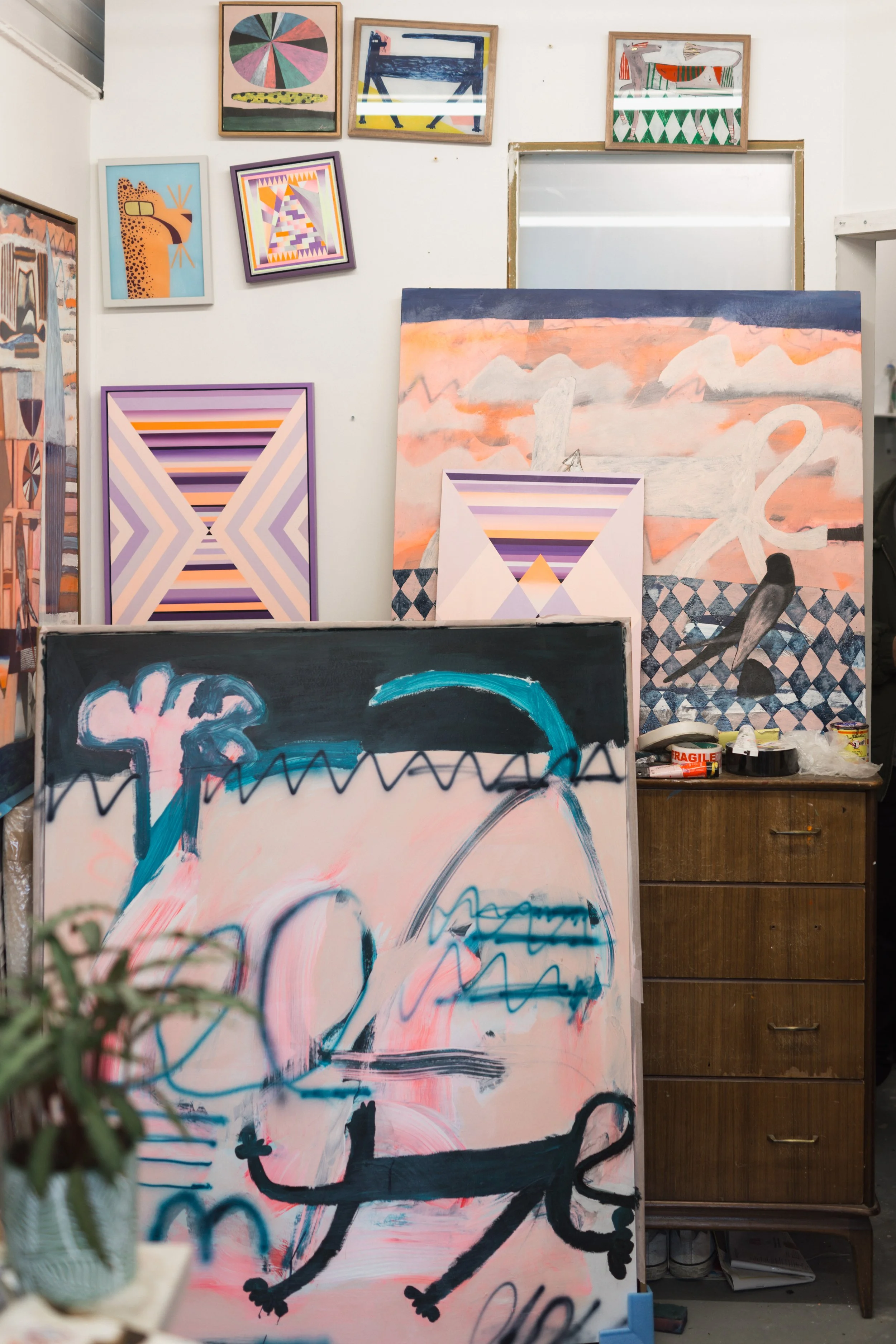Creating Collectivism at Bon Volks Studios
Nestled along Park Lane, a tree-lined side street on the northwest side of Dane Park, there is a hive of activity. Bon Volks Studios plays host to an array of creatives, from artists to writers, carpenters to photographers, designers to musicians, and plenty more in between. The studio will celebrate its 10th anniversary next year, which is no mean feat when you consider how many organisations and spaces have opened and closed during that time in Margate. To suggest that sustaining such a space is easy would be misleading, but some of the core values set out by the organisation right at the start have helped it to slowly but surely grow and develop alongside its members - myself included.
Bon Volks was the brainchild of husband and wife partnership Rachel Boot and Ross Walker, who, building on some experience of constructing studios elsewhere, were keen to create good quality and affordable studios for a community of creatives. They made it their mission to form an organisation imbued with a sense of shared ownership and responsibility, which could help anchor the community while inspiring them to want to work to maintain it. With an awareness of the gentrification process that had already started in the town - and indeed the studio's complicity within this - they were also keen to try and find ways to remain resilient to the fluctuating market while not passing on any rising costs to members.
Having found a suitable site - an old printers with an open-plan ground floor space and offices above - Ross and Rachel set about transforming the building. Through necessity, they worked largely instinctively in those initial stages, as they explain, “We had a 3-month rent-free period to build the downstairs spaces and get it rented out. It was very stressful and we were very naive, but naivety gets things done.” In true ‘If you build it, they will come’ style, like-minded members began to sign up and utilise the space as their place of work and creative endeavour. The workspaces include desk areas, offices, traditional ‘white cube’ style studios and a workshop, with the current 25 members including independent and shared occupancies. Each month members share responsibilities for cleaning and maintaining the building, led by Studio Manager Marie Doinne, whose part-time role is paid for via a small surplus the organisation has every month. Supporting and opening dialogues between artists has been high on the agenda from the beginning, and there has also always been a ‘Project Space’ in which exhibitions, events and artist residencies take place. Some 16 residencies have taken place down the years, with artists staying in local digs funded by the KCC Arts Investment Fund. Immersing themselves in the local area, while having a studio space to create from, the residencies were designed to provide a space of reflection without financial pressures, with the program set to return in 2025 with an emphasis on providing space for local people.
Fast forward to 2020 during the COVID-19 pandemic and, sadly, all that stopped. As of course did members being able to use the space, for a time at least. During an already trying period, the pressure of paying studio rent and with it, sustaining the building, was eased via a 50% subsidy offered by the organisation; made possible by the Arts Council England (ACE) Culture Recovery Fund. However, the organisation went one step further, utilising the time and money to create an opportunity for its members to forge an Organisational Development Programme. As Marie explains, “The BV policy has always been to prioritise paying members to undertake work for the studio and its development, and the emergency funding was partly used to research and draw up 9 briefs for a more sustainable future for the organisation and all involved.” Those briefs included amongst other things, the creation of a member's Handbook and development of the website, as well as researching and connecting with peer organisations and alternative revenue streams.
By that stage, the number of previous and existing members had surpassed 55 (now totalling 66) and the building itself was showing signs of wear and tear. The enforced pause in normal proceedings and a further modest Project Grant provided via a further application to ACE afforded the time and resources to redesign the public section of the building, which includes the Project Space, stairwell, bin storage and communal kitchen and meeting area. Much of the work involved going back to the bare brick and roof, although the skills set of some of the members, along with the support of Hedderly Brickwork, meant that this process could be carried out autonomously by the organisation. With one eye on member’s experience of the space and another on the environmental impact the building creates, extra attention was given to insulating and ventilating those spaces properly. At the same time, the team also introduced a refill facility that allows members to stock up on household cleaning products at a discounted rate while reducing everyone’s use of plastic packaging. Recognising another waste stream - food - the team also invested in a wormery, into which much of their organic leftovers go before being turned into compost that’s free for all to use.
Following those bumpy and busy few years, the studio feels more settled than ever, with member retention consistently high, which helps to create a real sense of colleagueship. As member Diana Jarvis, a travel photographer and writer underlines, “My job often involves far-flung travel as well as frequent jaunts to London, so having a friendly, supportive and welcoming space to belong is an excellent counterpoint to an often chaotic lifestyle. The community here is the perfect respite to an often lonely existence as a freelancer.” However, the collective nature of the cooperative isn’t restricted to its four walls alone, as Rachel explains, “We have mutated to be an organisation that is also determined to have an authentic environmental and social impact, primarily on a hyper-local level.”
By applying for funding, as well as offering voluntary hours, the studio has been steadily building connections with its neighbours and initiated projects led by their desires for the area. The studio has organised a series of litter picks and gardening events, equipped with all the right tools along with hot drinks and biscuits. Having gathered masses of rubbish from the adjoining side road, Gasoline Alley, members and fellow locals have found a huge reduction in flytipping since. The team is also looking at ways the neighbourhood can help nature to thrive, with this year's successful Swift Project set to return in 2025. Funded by the Kent Community Foundation and led by Bon Volks members, the project capitalises on the neighbourhoods unique location. The site is home to a returning Swift colony - a rarity as the bird has joined the red list of conservation concern. Locals were invited to have a Swift box fitted to their homes in the Spring, while a weekend event of workshops, talks and biodiversity walks took place in June to celebrate the birds and nature in general. The organisation is also championing a pioneering circular economy project that looks to take useful timber out of local waste streams, with collaborations between Turner Contemporary and a group of University of Sheffield students, as well as some paying customers, having already taken place.
In increasingly individualistic and divisive times, it is a genuine tonic to be part of a collective enterprise with long-minded values that extend beyond any one individual.
For more information about the studios, and how you might join its ever-expanding community visit www.bonvolks.com or check out the Instagram @bonvolks
This article was first published by Margate Mercury.






